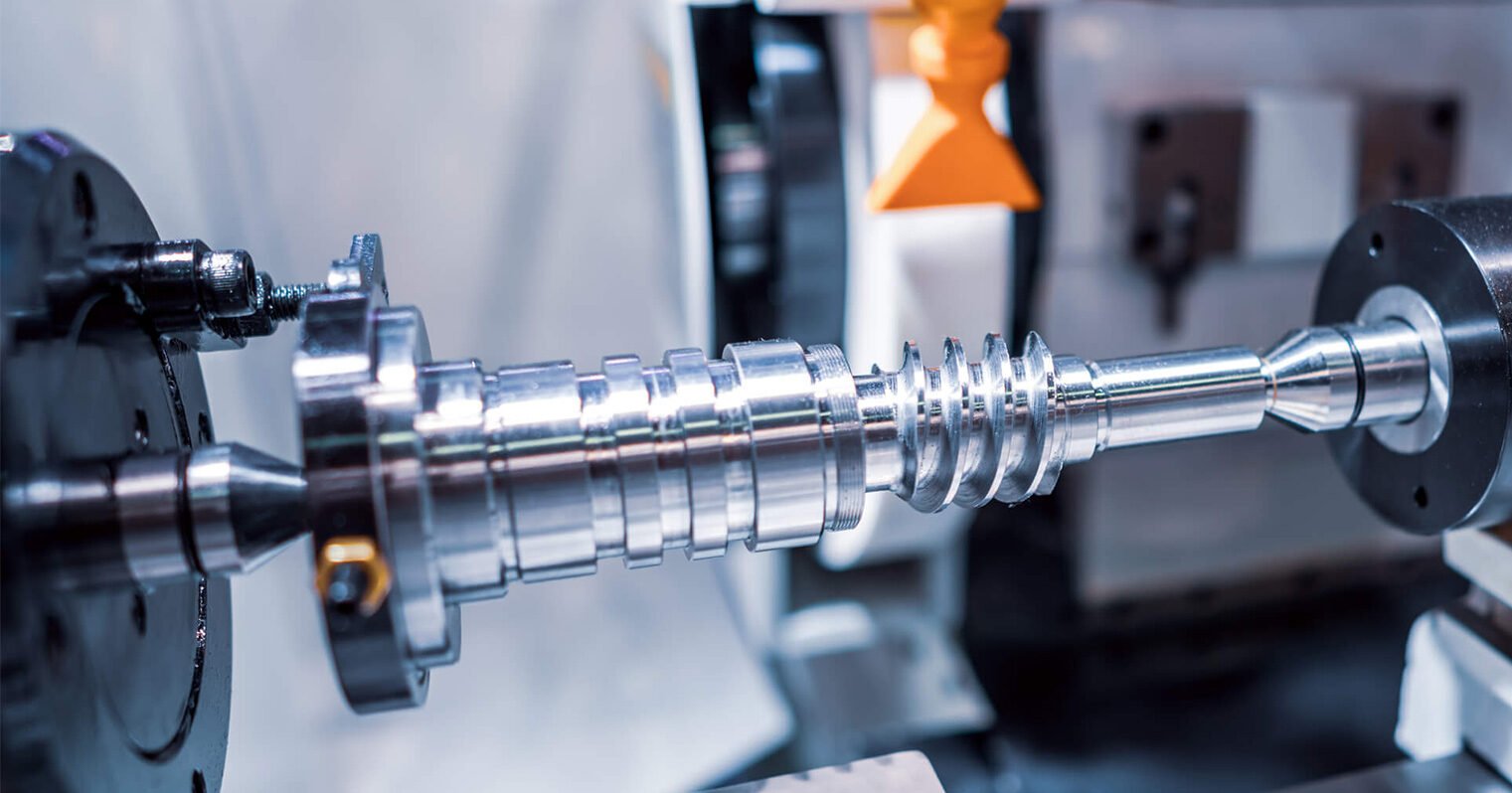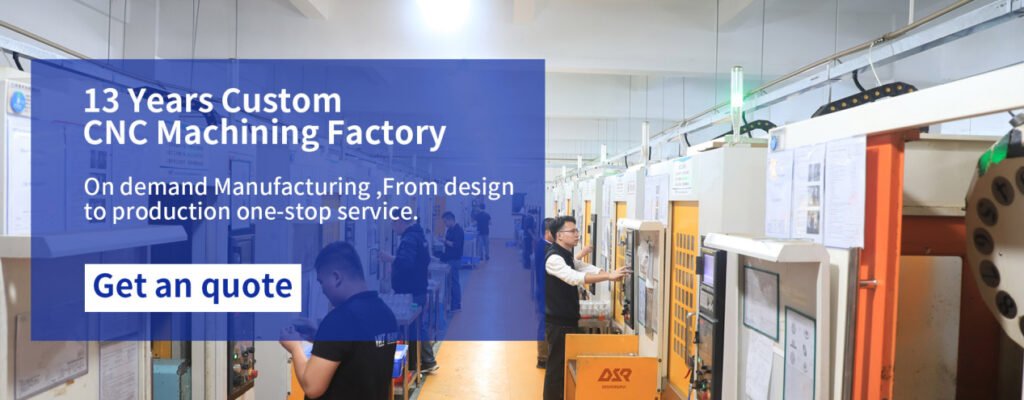Mechanical machining methods vary based on material and product requirements. Traditional methods include turning, milling, planing, shaping, and grinding. With technological advancements, additional methods like electroplating, wire cutting, casting, forging, and powder processing have emerged.
So what are the forms of mechanical machining?
1.Turning:
Turning is primarily achieved by rotating the workpiece and cutting it into the required shape using a turning tool. When the tool moves along a parallel axis, both inner and outer cylindrical surfaces can be obtained. The formation of tapered surfaces involves the tool moving along intersecting lines with the axis. Rotary surfaces are created on contour lathes or CNC lathes by controlling the tool along a curve. Another method for producing rotary surfaces is by using forming tools and feeding laterally. Turning can also be used for machining thread surfaces, end faces, and eccentric shafts.
2.Milling:
Milling relies mainly on the rotation of the tool. Milling can be divided into horizontal milling and vertical milling. In horizontal milling, the plane is formed by the cutting edges on the outer circular surface of the milling cutter. In vertical milling, the plane is formed by the cutting edges on the end face of the milling cutter. To achieve higher cutting speeds and increase productivity, the rotational speed of the milling cutter can be increased. However, due to the impact caused by the entry and exit of milling cutter teeth, vibration during the cutting process is common, which limits the improvement of surface quality.
3.Planing:
Planing involves the tool making reciprocating linear motions to cut the workpiece. Therefore, planing has relatively lower speeds and productivity compared to milling. However, the precision and surface roughness achieved by planing are smoother than those of milling.
4.Grinding:
Grinding relies primarily on abrasive wheels and tools to process the workpiece, utilizing the rotation of the abrasive wheel. During grinding, abrasive grains on the grinding wheel mainly perform three actions on the workpiece surface: cutting, abrasion, and rubbing. The abrasive grains themselves gradually become dull from sharp, resulting in decreased cutting effectiveness and increased cutting force. Therefore, after a certain period of grinding, it is necessary to dress the grinding wheel with tools like diamond dressers.
5.Tooth Surface Machining:
Tooth surface machining is a new method categorized into two main types: forming and hobbing. Forming primarily utilizes ordinary milling machines with forming cutters, which require simple forming movements—rotary and linear. Hobbing, on the other hand, employs gear hobbing machines and gear shaping machines.
6.Complex Surface Machining:
For complex surface machining, CNC machines are indispensable. Cutting of three-dimensional surfaces typically employs profile milling, CNC milling, or specialized methods. Profile milling necessitates a prototype as a reference. During machining, a ball-end profile head maintains constant contact with the prototype surface under a certain pressure. The motion of the profile head is transformed into electrical signals, controlling the movement of three axes of the milling machine to create a trajectory along the surface. Milling cutters often use ball-end mills with radii similar to the profile head. The emergence of CNC technology has provided more effective methods for surface machining.
7.Specialized Machining:
Specialized machining distinguishes itself from traditional cutting methods in mechanical machining. It involves utilizing physical (electric, acoustic, optical, thermal, magnetic), chemical, or electrochemical methods to process workpiece materials, shaping them into desired forms.
When selecting a mechanical machining method, it is crucial to consider various factors to choose the most suitable approach. This ensures that the produced parts meet the requirements for both precision and quality. With the continuous development of technology, the diversity of machining methods is expanding. Apart from the common methods introduced in the text, there are many other machining techniques available. Feel free to contribute by leaving comments.






